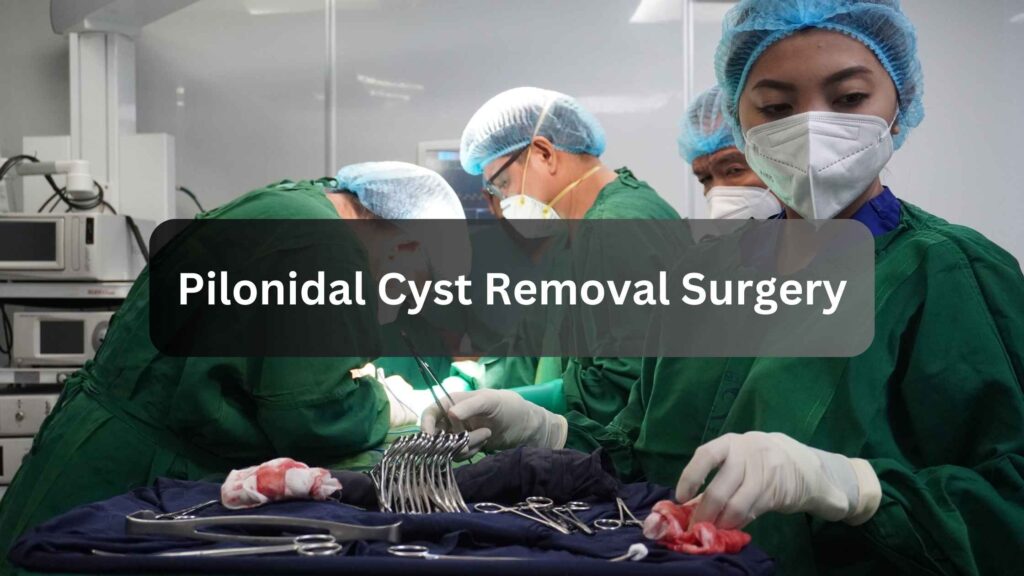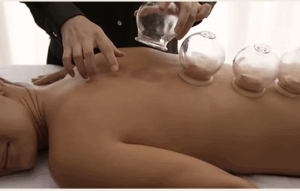“Dealing with a pilonidal cyst is difficult and draining. A pilonidal cyst removal surgery is the best way to seek long-term relief. But what to expect when it comes to the removal process?”
Dr. Allen Kamrava MD MBA is an expert in performing excision surgeries for pilonidal cysts. He carefully guides his patient from preparation to recovery:
The pilonidal cyst generally starts as an innocuous growth. The area between the clefts of the buttocks is the typical spot. However, the pain and discomfort may flare up gradually, necessitating the need for pilonidal cyst removal surgery. Here’s how to prepare and what to expect:
Pilonidal Cyst Diagnosis
A physical examination of the area at the end of the tailbone gives a fair idea of the presence of the cyst. In case the cyst is infected, the surrounding area will be warm with visible redness. The oozing cyst shows the accumulation of pus. Depending upon the frequency of occurrence, size of the cyst, and the symptoms, the severity level is determined.
Surgical Excision
The pilonidal cyst is likely to recur. Therefore, the pilonidal cyst antibiotic treatment is largely seen as a supportive treatment. The main treatment methodology is to remove the entire affected and infected area through excision. The types of excision of the three types: incision and drainage, marsupialization, and the most comprehensive rhomboid flap technique.
Pre-Surgery Preparation
After examination, the colorectal surgeon decides the pilonidal cyst treatment method. Based on the degree of invasion required, the type of anesthesia is decided. Local anesthesia is used for Incision and Drainage and other non-invasive procedures. Whereas, general anesthesia is administered for complex and larger cyst removals.
Duration Of Surgery
The Incision and Drainage and the least time-consuming. It involves cutting the cyst to drain the fluid. On the other hand, in cases wherein the entire cyst is removed, the wound is stitched with sutures and carefully covered. It takes much longer to remove the infected part and sterilize the sinus tract to prevent further rounds of relapse.
Recovery
The recovery after a pilonidal cyst removal surgery is time taking. The pain and discomfort can be unbearable once the effect of the anesthesia begins to recede after a few hours. Pain management through analgesic drugs is the most crucial during this phase. Wound care, change of dressing, and avoiding excessive pressure on the wound site are other key areas that need constant focus. The post-treatment recovery phase may vary between a few weeks to several months. Non-invasive procedures typically take 1-2 weeks until recovery. This timeline extends to 6-8 weeks for a rhomboid flap technique. Adherence to post-operative guidelines is the most crucial aspect of long-term recovery.
Final Thoughts
A majority of the patients dealing with pilonidal cysts find complete recovery after a surgical excision. No doubt the recovery phase is demanding, but with an expert surgeon guiding and managing through the hardships, recovery becomes more manageable and not so distant. Dr. Allen Kamrava MD MBA has helped scores of patients dealing with their painful condition. A customized treatment plan to address individual needs is the best way to manage the condition.






